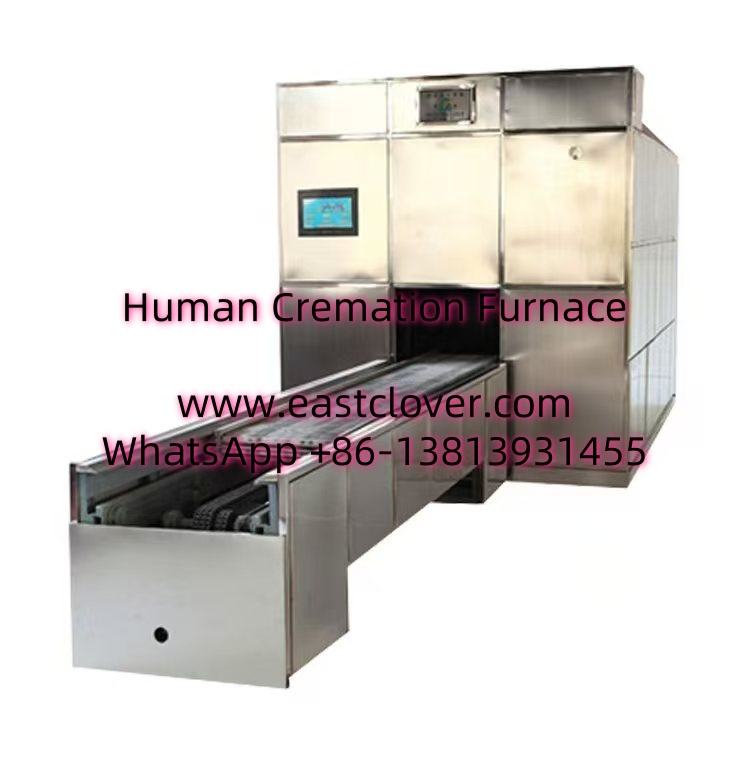The Role of Cremation Furnaces in Modern Funeral Services
Cremation has become an increasingly preferred choice for end-of-life services, with over 60% of individuals in many countries opting for it over traditional burial. For undertakers, cremation furnaces (also known as cremators or retorts) are essential tools that ensure dignified, efficient, and environmentally compliant processes. As technology evolves, so do the capabilities of these systems, offering undertakers opportunities to improve operational efficiency, reduce environmental impact, and meet changing consumer expectations.
Key Components of a Modern Cremation Furnace
Before diving into innovations, it’s important to understand the core elements of a cremation furnace:
- Combustion Chamber: High-temperature refractory materials withstand heat up to 1,800°F (982°C).
- Burners: Natural gas or propane-powered systems for consistent heat distribution.
- Emissions Control: Filters and scrubbers to capture particulate matter and gases.
- Control Panel: Digital interfaces for monitoring temperature, time, and airflow.
Innovations in Cremation Furnace Technology (2023)
1. Energy Efficiency and Alternative Fuels
Newer models prioritize reduced fuel consumption through advanced insulation and burner designs. Hybrid systems now combine gas with electric preheating, cutting energy use by up to 30%. Some manufacturers are experimenting with biofuels to lower carbon footprints.
2. Automated Process Optimization
AI-driven systems analyze variables like body mass and moisture content to adjust burn times and temperatures automatically. This minimizes manual intervention and ensures consistent results while reducing emissions.
3. Enhanced Emissions Control
Stricter environmental regulations have spurred innovations like catalytic converters and multi-stage scrubbers. These systems neutralize harmful pollutants, such as mercury from dental amalgams, ensuring compliance with EPA and EU standards.
4. IoT and Remote Monitoring
Internet of Things (IoT) integration allows undertakers to monitor furnace performance via mobile apps. Real-time alerts for maintenance needs or operational anomalies reduce downtime and improve safety.
5. Sustainable Materials and Design
Manufacturers are using recycled materials for furnace construction and designing modular systems for easier upgrades. Water-cooled doors and heat recovery systems repurpose waste energy for facility heating.
www.southclover.com
The cremation industry is undergoing a technological revolution, with 2023 marking significant strides in sustainability, automation, and compliance. Undertakers who invest in modern furnaces can enhance service quality, reduce operational costs, and align with eco-conscious consumer preferences. Staying informed about these innovations is critical to remaining competitive in a rapidly evolving field.
FAQs
How do new emissions control systems benefit funeral homes?
They ensure compliance with environmental laws, reduce liability risks, and improve community relations by minimizing air pollution.
Is upgrading to an IoT-enabled furnace cost-effective?
While initial costs are higher, IoT systems reduce long-term expenses through predictive maintenance and energy savings.
Can cremation furnaces handle non-traditional materials?
Modern systems accommodate biodegradable urns and alternative containers, but consult manufacturers for specific guidelines.
What training is required for automated furnaces?
Most providers offer hands-on training and digital tutorials to ensure staff can operate advanced interfaces safely.

Comments are closed